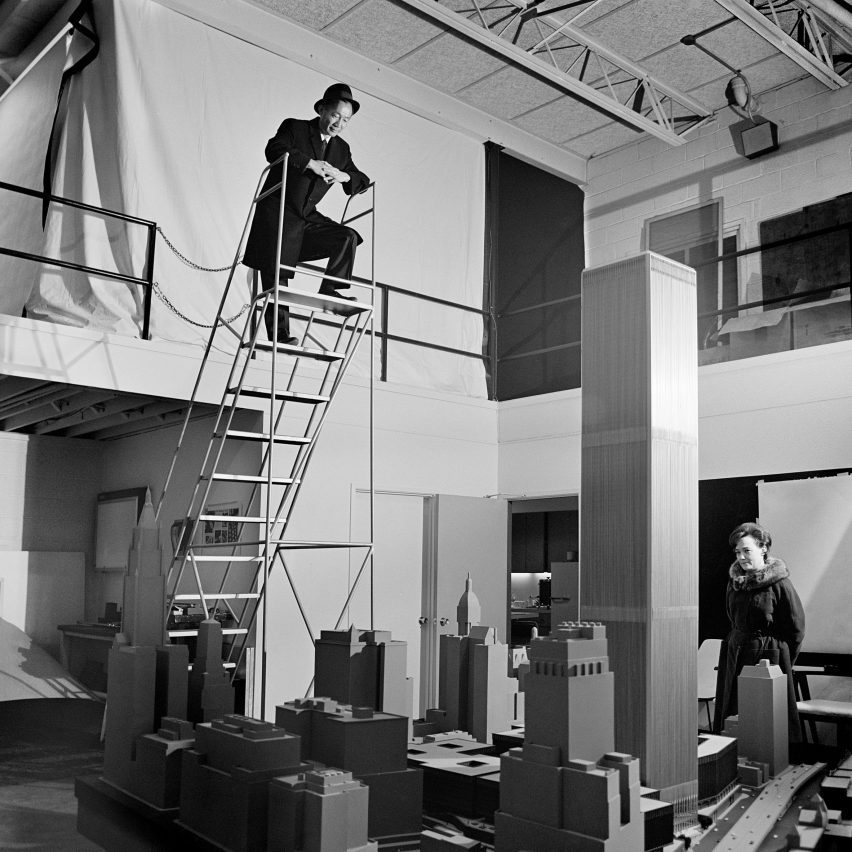
Author Justin Beal has written a book on World Trade Center architect Minoru Yamasaki. Continuing our series marking the anniversary of 9/11 he told us about Yamasaki's experience designing the building and his influence on architecture.
Named Sandfuture, the upcoming book by Beal aims to give an insight into the life and work of the little-known American architect Yamasaki.
Yamasaki is best known for designing the original World Trade Center towers, which were destroyed on 11 September 2001 in a terrorist attack.
At 1,368 and 1,362 feet (417 and 415 metres) tall, the towers were the world's tallest buildings when they opened in 1973.
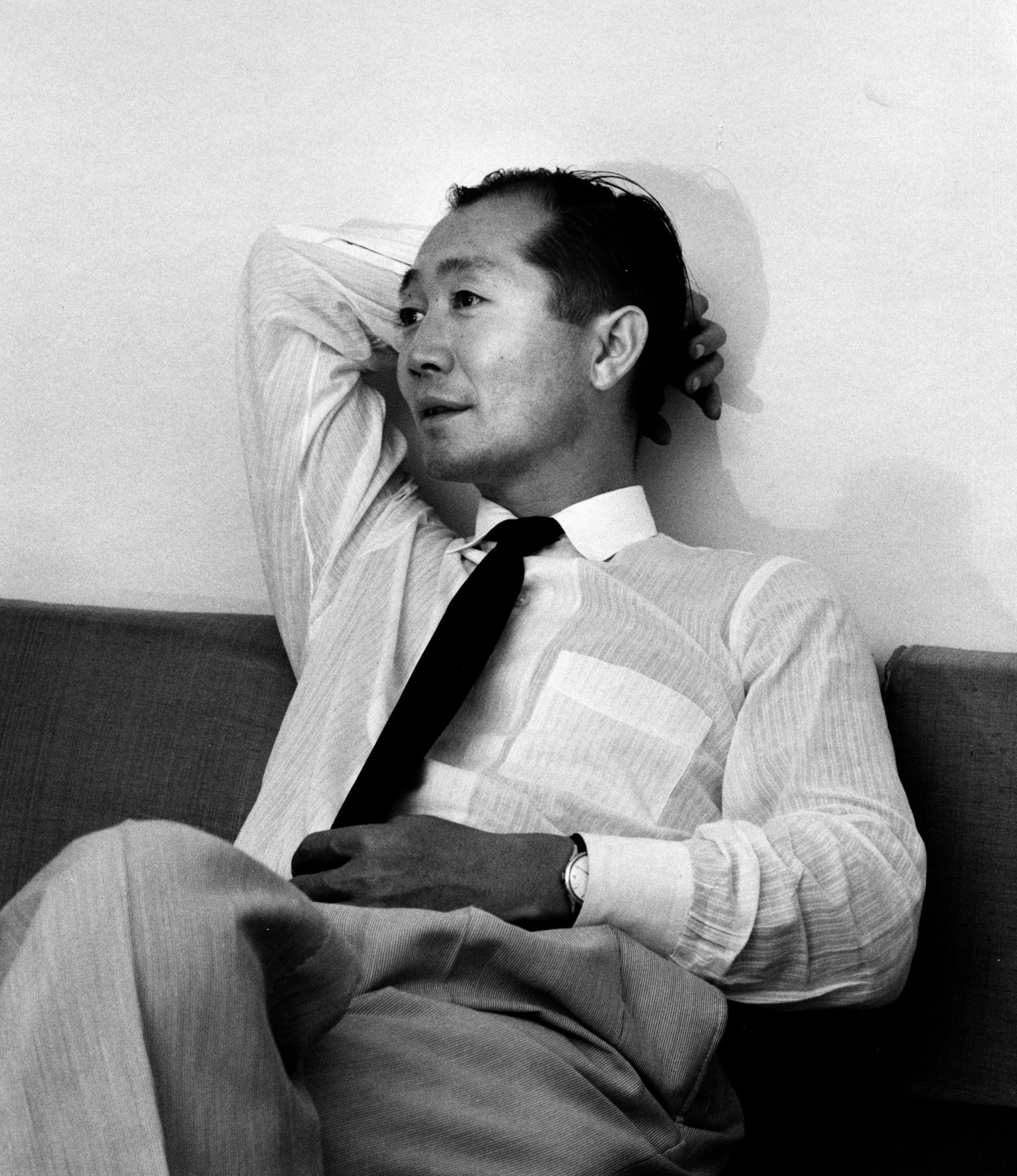
However, despite their international significance, Beal believes that Yamasaki's career sits in "the margins of architectural history".
"I was an architecture major, just weeks out of a very rigorous architecture program and I remember standing at the foot of these extraordinary buildings [the Twin Towers] and wondering how it could be that I had no idea who designed them?" Beal told Dezeen.
"No one ever said anything about Yamasaki," he continued. "As I started working on this book, which was not originally going to focus so much on Yamasaki, I began to appreciate how the breadth and cultural significance of his life and his career combined into this extraordinary story and that that story needed to be in the centre of the book."
World Trade Center modelled on "idea of global trade as a force for good"
Yamasaki was born in 1912 and raised in Seattle, Washington to Japanese immigrant parents, and anti-Japanese prejudice defined much of his youth. He enrolled on the University of Washington's architecture program in 1929 and started his own firm 20 years later.
He was commissioned for The World Trade Center in 1962 by American banker David Rockefeller and the Port Authority of New York and New Jersey, after being selected from a shortlist including architects IM Pei, Philip Johnson, Welton Becket and Walter Gropius.
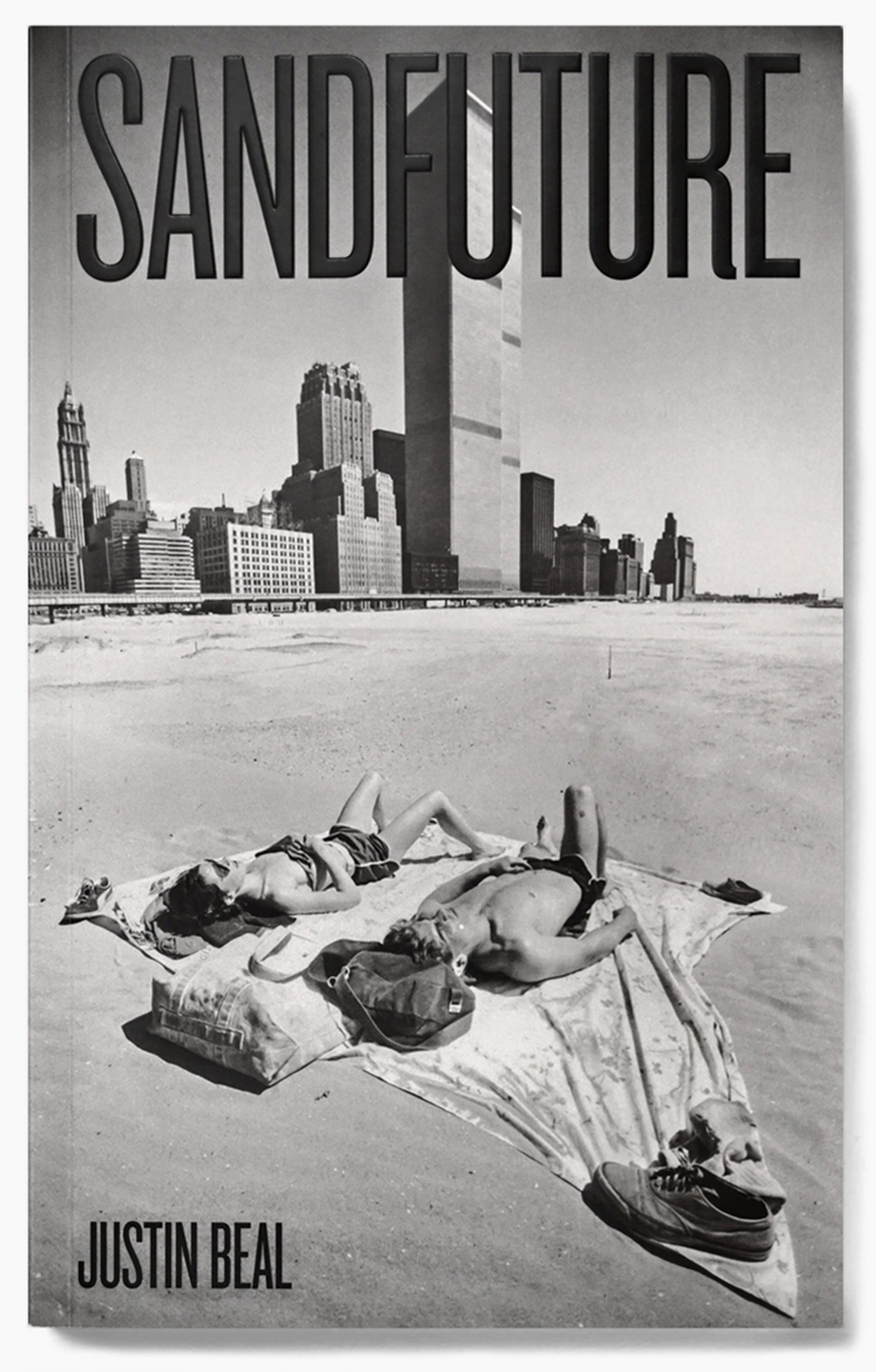
The complex was built with the aim of revitalising Lower Manhattan and it drew on the 1939 New York World's Fair exhibit called the World Trade Center, which was dedicated to the concept of achieving world peace through trade.
"I think we are accustomed now to seeing the World Trade Center as a symbol of American capitalism and American unilateralism, but that's not really what it meant when it was built," Beal explained.
"The project was conceived around an idea of global trade as a force for good that seems impossibly naive now."
Project designed as "a Mecca"
Yamasaki's final design for the centre – a pair of towers with narrow windows, decorative pointed arches at their base and a large surrounding plaza – was revealed in 1964.
His aim, Beal said, was to embody the New York World's Fair exhibit concept by creating a "beacon of democracy" and, in the architect's own words, "a Mecca".
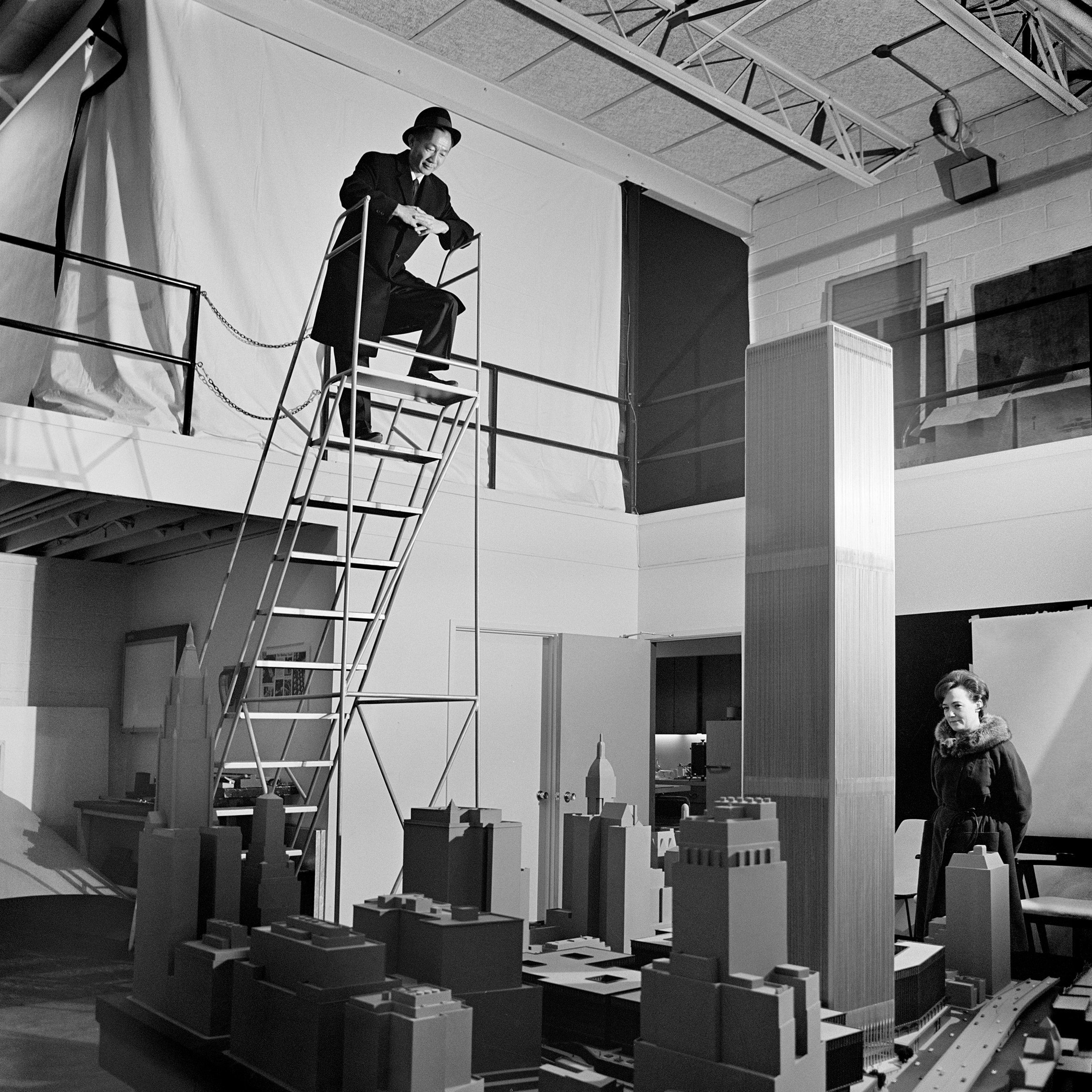
"I think Yamasaki genuinely believed that this project could be both a nexus of international commerce and a beacon of democracy and goodwill between nations," Beal explained.
However, despite his ambitions, "accepting the job was not an easy decision" for Yamasaki.
"It was the commission of a lifetime," Beal explained, "and he knew that he could not turn it down, but he also understood that it was too big a job for his office."
Twin Towers branded "Disneyland fairytale blockbuster"
Upon its conception, the World Trade Center was widely lauded but as the project progressed "critical reception shifted dramatically".
Yamasaki worked in "constant conflict" with the port authority as it cut key elements of the design to save costs and pushed the scheme to increase its height and office space.
Beal explained that this turn of events is encapsulated by the shift in opinion of the late architecture critic Ada Louise Huxtable over the course of the project.
"Ada Louise Huxtable was a longtime advocate of Yamasaki's work, but she was also a very sharp and conscientious critic, and the evolution of her opinion is a good indication of the arc of the critical reception of the project," said Beal.
Initially, Huxtable described the complex as "the best new building project" in New York, but later expressed concern about the towers' scale and eventually labelled the project a failure.
"Her final review dismissed the design as 'Disneyland fairytale blockbuster' and 'General Motors Gothic' – incisively branded adjectives that carried all the weight and force of an elite East Coast critic dismissing Yamasaki's work as populist, provincial, and corporate," Beal explained.
"The loss of his most stalwart advocate was devastating for Yamasaki," he added. "To make matters worse, the country entered a recession and good commissions were scarce. He continued to work, but his career never really recovered."
Yamasaki "shaped the culture and politics of architecture"
Yamasaki died in 1986. Alongside the World Trade Center, his most notable works include the modernist Rainier Tower and Pacific Science Center in Seattle and the social housing project Pruitt-Igoe in Missouri.
Pruitt-Igoe suffered a similar fate to the World Trade Center, as it was demolished less than 20 years after its completion. Today it is often referred to as a symbol of the failure of modernism.
However, Beal believes that the destruction of both Pruitt-Igoe and the World Trade Center both shaped the course of architecture. As such, Yamasaki "deserves to be at the centre of any discussion of American design", he said.
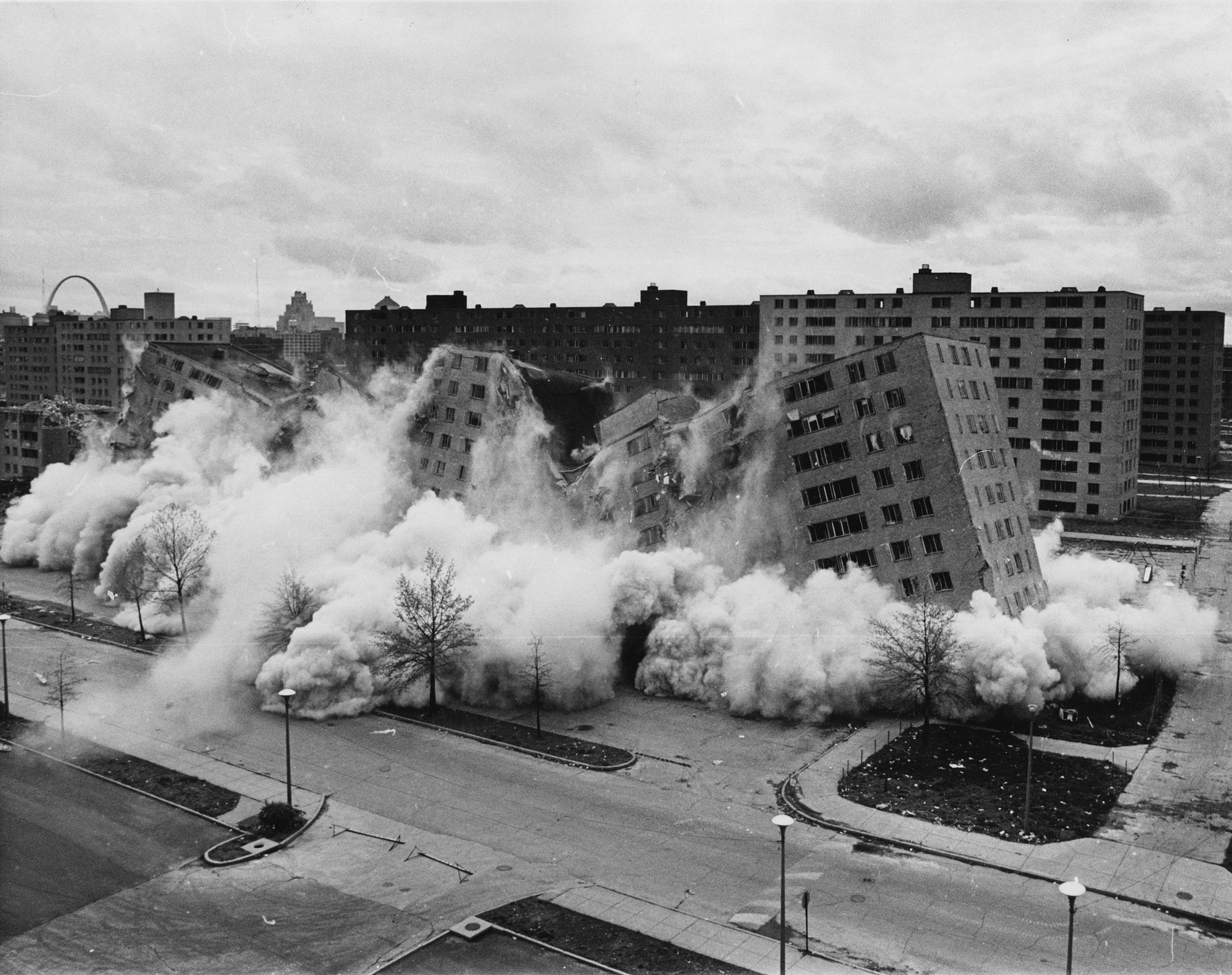
"It is hard to imagine another pair of buildings which in their lifespan, from conception to construction to spectacular violent destruction, have exerted a greater influence on the course of American architecture," Beal explained.
"It is difficult to imagine any story that has shaped the culture and politics of architecture in the last eighty years more than those told by the handful of photographs of Pruitt-Igoe tumbling to the ground and the thousands of images of the towers of the World Trade Center collapsing under their own weight."
Yamasaki "remains largely unknown"
Beal partly blames Yamasaki's untraditional approach to modernism and use of ornament for his obscurity in the architecture industry. However, he said his background also had a large part to play due to the "diversity problem" in the architecture sector.
"Art, cinema, literature have all had major reckonings with their respective lack of diversity in recent years, but less attention has been paid to the fact that most of the buildings we work in, live in, go to school in have been designed by one very homogeneous group of people," he explained.
As such, Beal hopes that Sandfuture will encourage discourse on the need for more diversity in the architecture industry and the revisiting of the work of architects such as Yamasaki.
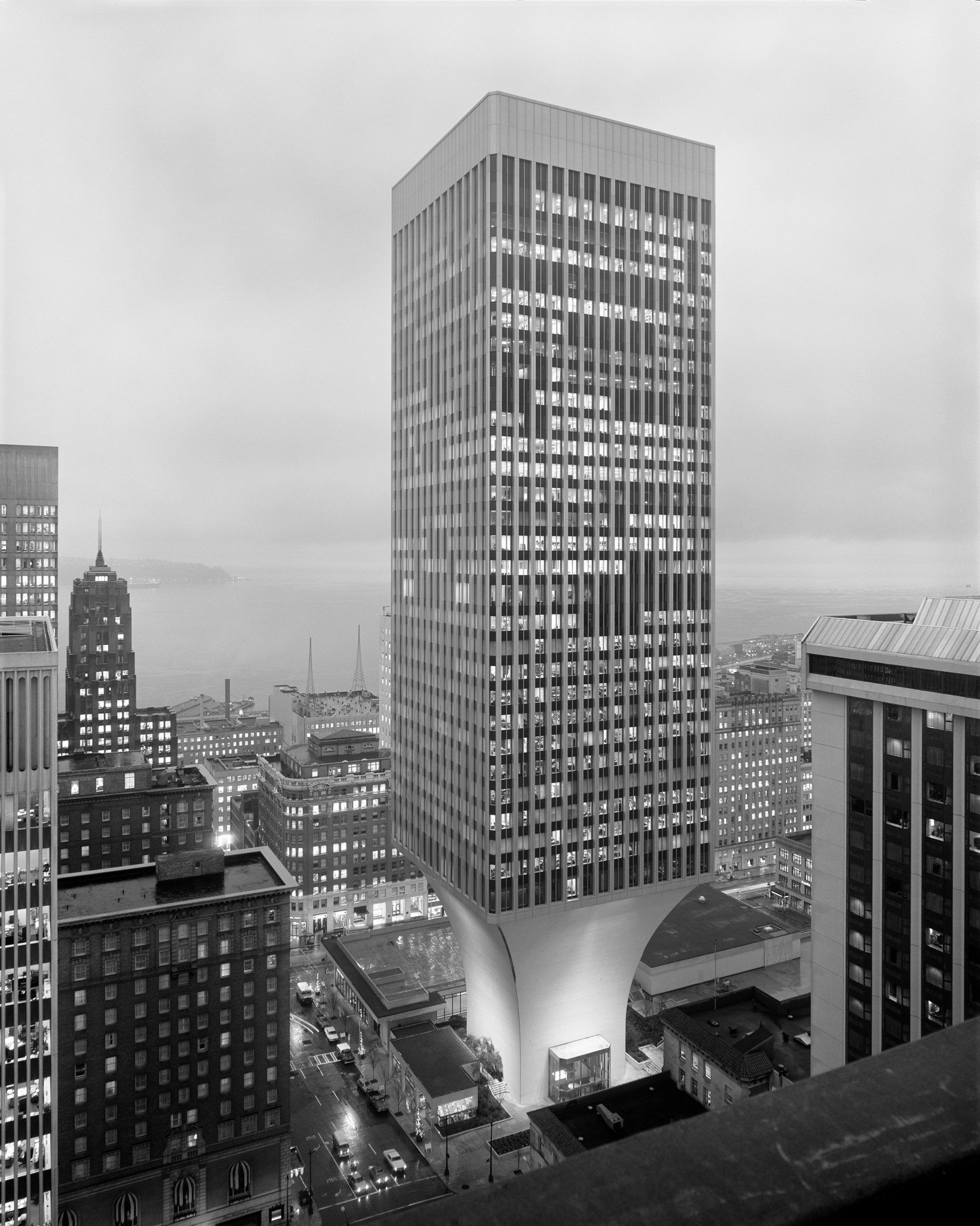
"Part of this conversation is working towards more diversity in architecture, of course, but another part of it is revisiting the work of architects like Yamasaki who was one of the most important figures in twentieth-century American architecture and yet remains largely unknown."
However, despite a lack of recognition, Beal said Yamasaki's has influenced the course of architecture and that it is evident today.
"There are architects like Gyo Obata and Gunnar Birkerts, who began their career working under Yamasaki and architects like Rem Koolhaas and David Adjaye who consider him to be a key point of reference," he said.
"The influence of Yamasaki's design for the Reynolds Metals Regional Headquarters, for example, can clearly be felt in projects like Mecanoo's Library of Birmingham and David Adjaye's Smithsonian National Museum of African American History And Culture."
9/11 anniversary
This article is part of Dezeen's 9/11 anniversary series marking the 20th anniversary of the terrorist attack on the World Trade Center.
The images are courtesy of Justin Beal, excluding the main image of the World Trade Center taken by 2gerrytwo.
The post Minoru Yamasaki designed World Trade Center as "beacon of democracy" appeared first on Dezeen.
from Dezeen https://ift.tt/3hm62cP
No comments:
Post a Comment